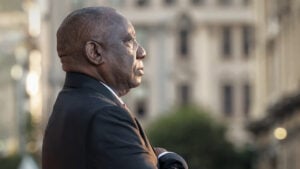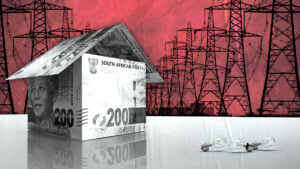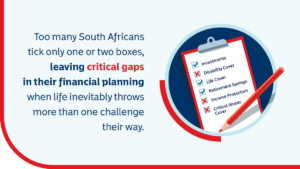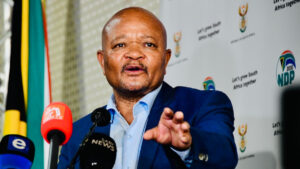The worst case for South Africa is now its best hope
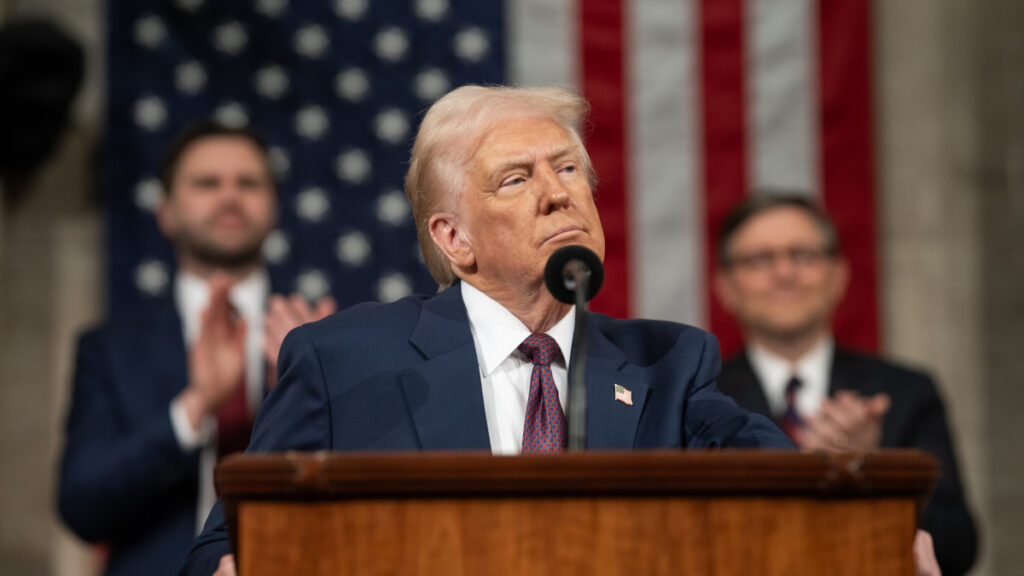
This time last week, South Africa’s trade negotiators were planning for a “worst case” of having a 10% tariff imposed on exports to the United States. Today, the 10% rate is the best it can hope for.
US President Donald Trump announced on Monday this week that South Africa would be hit with a 30% tariff on all its exports to the States from 1 August 2025.
While the Trump administration is still open to negotiation around the rate, the implementation date appears to be firm, putting South Africa on a tight deadline to clinch a better deal.
According to the Bureau for Economic Research (BER), the expected impact of the tariff on South Africa’s economy as a whole is likely to be relatively small, but specific sectors—like automotive manufacturing and agriculture—will still be hit hard.
“The ‘worst case’ of a 10% universal tariff that the South African government hoped for now looks to be turning into a best case,” it said.
The BER also flagged the possiblity of worse to come, with Trump threatening to add another 10% tariff on countries associated with the BRICS bloc.
A saving grace here is that there was no mention of this in the president’s letter to South Africa, and his administration has also not been known for ‘definitive’ policy setting.
This was also seen in the market reaction to his announcements.
While the rand weakened sharply after the announcement and dollar-denominated government bonds declined, both recovered later.
Global financial markets also did not move much as more announcements were made, the BER said, adding that markets possibly expect another TACO (Trump Always Chickens Out), despite repeated assurances that no further extensions would be granted.
“If the tariffs are harsher than expected, announcements on trade with big trading partners like the European Union and India may cause jitters,” the BER said.
“Following the so-called Liberation Day in April, the EU threatened to respond with targeted retaliation should it feel necessary. So far, only China has really retaliated, and got a relatively favourable trade deal.”
South Africa’s muted response
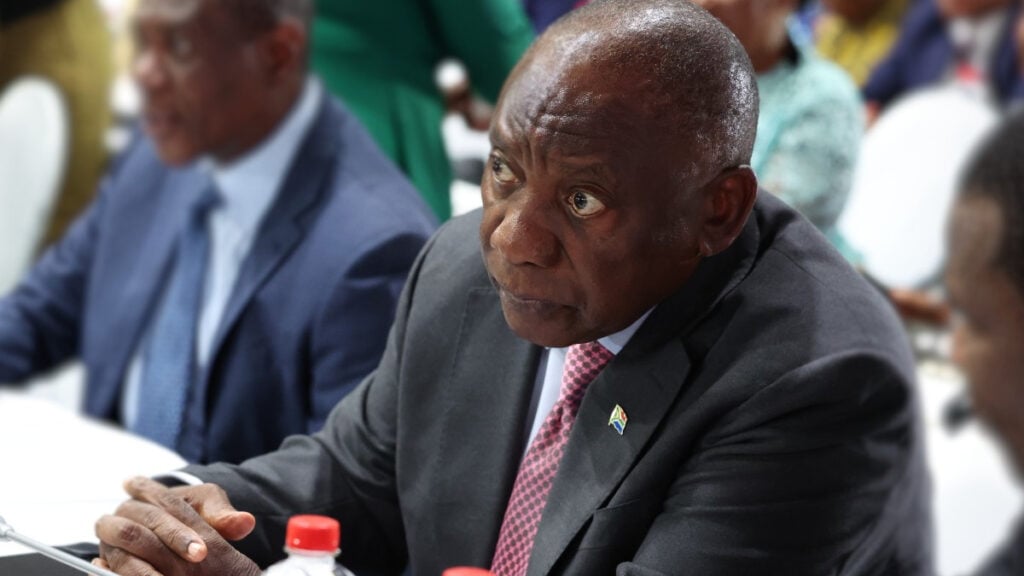
Following the tariff announcement at the start of the week, various industries and political parties have appealed to President Cyril Ramaphosa and negotiators in the executive to respond with urgency.
With exports accounting for 27.8% of GDP in 2024, South Africa’s economy remains heavily reliant on external demand.
While its exports are geographically diversified across Africa, Europe, Asia and the Americas, the US still accounts for 7.7% of outbound trade, making the tariff hike a severe blow.
Key sectors such as automotive, precious metals and minerals, and agriculture have called for action and for a deal to be struck to save jobs and economic growth.
Some economists have expressed hope that the effective three-week extension on implementation will give the government room to negotiate.
However, South Africa’s official response has been somewhat muted.
President Cyril Ramaphosa, for example, tried to appeal to logic and reason by pointing out that the mathematics used to calculate the 30% tariff was inaccurate and based on false data.
The tariff is based on South Africa’s trade deficit with the United States (it exports more to the US than it imports), not local tariffs or trade policies on US goods.
Trump later in the week explained that the reciprocal tariffs are based on “common sense, based on deficits, based on how we’ve been over the years, and based on raw numbers”.
The BER noted that arguing about the accuracy of data is unlikely to sway Trump’s position. For instance, Brazil was also hit with a 50% tariff, despite running a trade surplus with the US.
This means South Africa needs an entirely different approach if it wants to reach its now best hope of only 10%.
“Hopefully, by highlighting what South Africa can offer the US and being pragmatic, there is some scope to wiggle down the tariff, as some other countries have successfully done,” the BER said.


